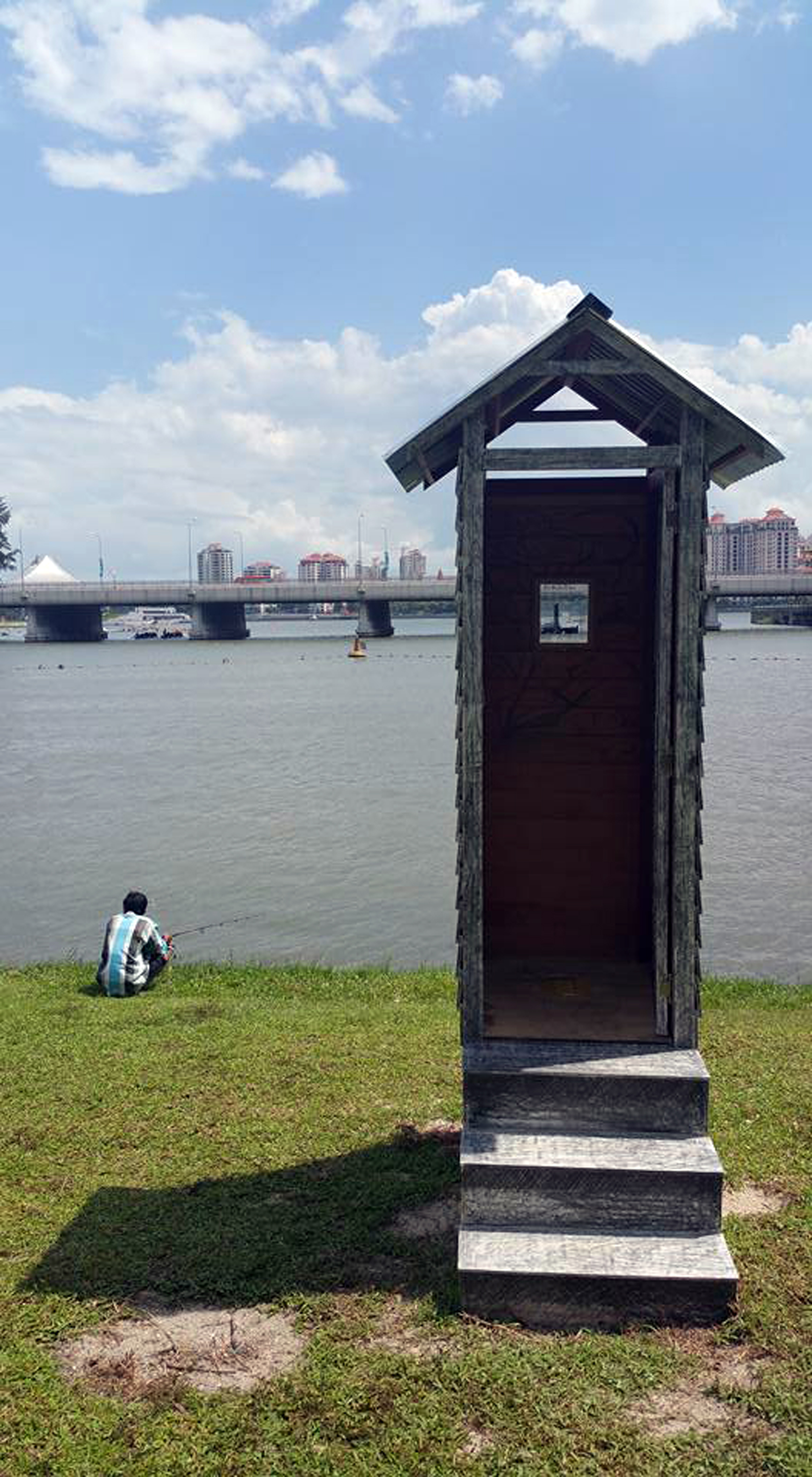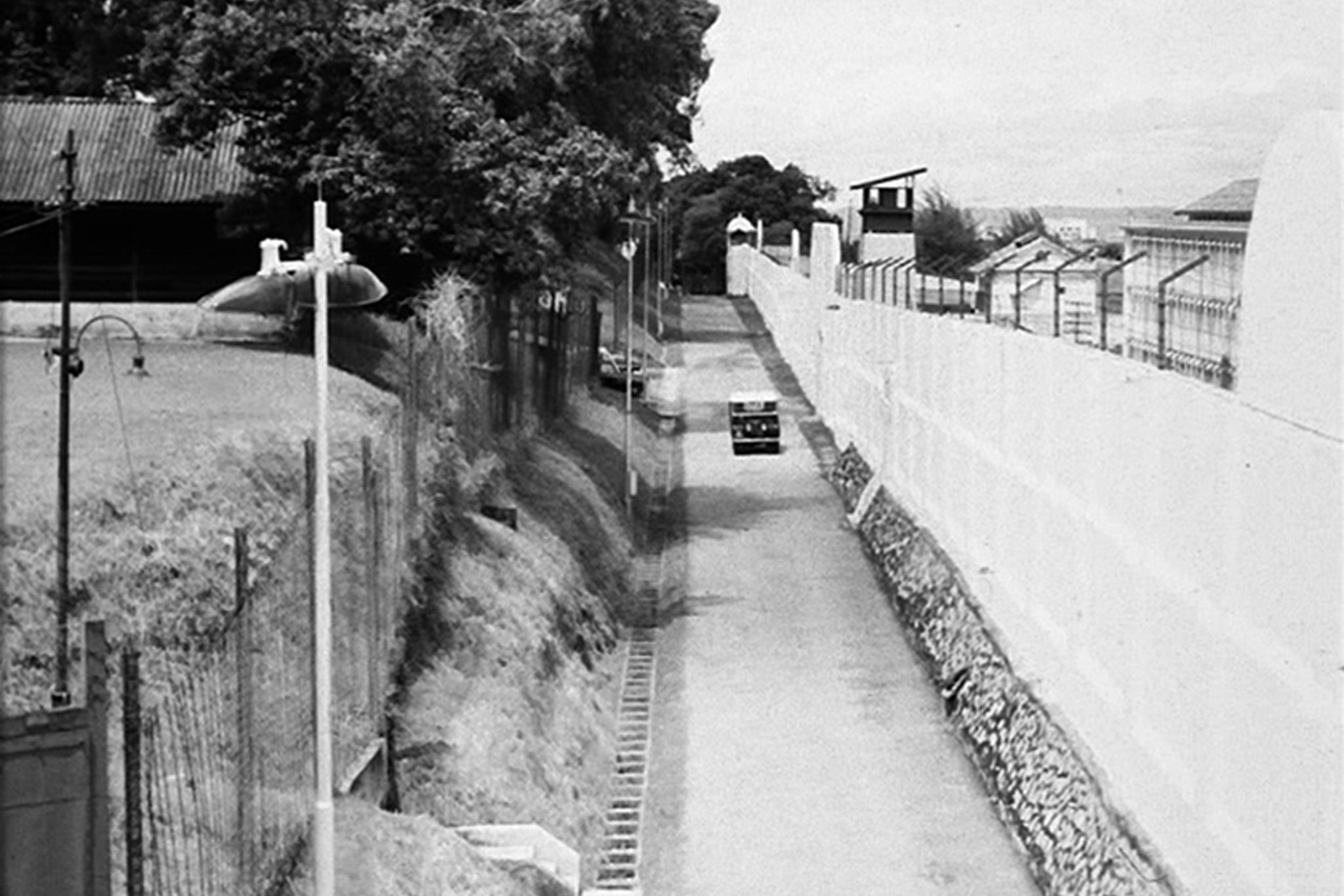On many a lazy weekday afternoon during my secondary school days, I would find myself going home on bus No. 10, which would make its slow trek from Tanjong Katong Road, near my school, down East Coast Road, through Simpang Bedok and finally to Tampines.
I passed by Ocean Park Condominium in East Coast Road almost every day then, but did not know that it was next to where a film studio - the Cathay-Keris Studio - used to be. Or that many roads there are named after its movies, such as Jalan Buloh Perindu and Jalan Saudara Ku.
I found out these interesting facts only last week on the thoughtful State of Motion tour by the Asian Film Archive, which took heritage hunters to movie filming locations of yesteryear, from Queen Elizabeth Walk to Bedok.
Cathay-Keris and Shaw Brothers' Malay Film Productions churned out many Malay-language movies here in the 1950s and 1960s, including Shaw's popular P. Ramlee films. But the studios had closed down by the 1970s, under the onslaught of TV.

The evocative tour helped me to imagine the Singapore of my late grandmother's youth, which I previously only had a vague sense of from her stories about having to get water from the well or gather firewood when growing up in a kampung.
It also rubbished any notions that Singapore is a cultural desert, what with the treasure trove of movies made on our shores. Or even offshore - the rocky beaches of Pulau Sekudu, near Pulau Ubin, were picture perfect for period movies featuring warriors or mermaids.
Before setting off on the tour, we watched snippets of old movies, which provided glimpses of things from fashion (beehive and "curry puff" hairdos) to courting rituals then (chatting up someone by offering kacang puteh, a rendezvous at a riverside cafe to sip bottled Coca-Cola).

The movies ranged from spy flicks - Mat Bond, anyone? - to comedies, horror movies and melodramas, reflecting the vibrancy of the period dubbed as the golden age of Singapore filmmaking.
Little did the makers of these films imagine then that their movies would be watched decades later, not so much for the thrills and spills in the foreground, but the quiet locations in the background.
As the tour programmer Toh Hun Ping, a video artist and film researcher, wrote in the tour booklet: "I place the spotlight on Singapore locations appearing in these old films, bringing to the fore what is usually regarded as backdrops to the narratives, freeing them from the grip of the fictive."
As you may imagine, there is nothing much to see at some sites now - many have changed vastly from 50 to 60 years ago when movies were made there. To make up for this, a work of art inspired by the movie filmed at each place was put up at each of the five stops on the tour.
The tour was often surreal.
At one stop, we laid our eyes on a sand-coated bus stop - an artwork that had sprung up like a mirage in a forested area near Bedok camp.
The bus stop was not unlike the hallucinations dreamt up by the protagonist in Mat Tiga Suku (Mat Crazy), a 1965 comedy filmed at this site. Back then, this place was all sand - a plot freshly reclaimed from the sea as part of the pilot East Coast Land Reclamation Project.
(I love how the Malay phrase "tiga suku" - literally three-quarters and not quite "whole" - is used to describe people who are wacky. )
At another stop, we found ourselves wandering in a field in Siglap, opposite cafes and wine shops, wondering what this place was like in its past life as Kampung Siglap. It was one of the villages formerly terrorised by celluloid female vampires and immortalised in horror movies such as Sumpah Pontianak (The Curse Of Pontianak, 1958).
A tomb said to belong to the village headman still lies in one corner of the field bordering Jalan Sempadan. In another corner, an art installation of a small kampung hut with twisted wire and a baby's shoe made for a haunting sight.
No less haunting was the maze of funereal white cloth, the art installation at the site of the former Outram Prison at Pearl's Hill, where the 1959 movie Korban Fitnah (Victim Of Slander) was shot.
Or the feverish whisperings from an audio work that we listened to as we walked down Queen Elizabeth Walk, a film location for the 1965 melodrama Chinta Kaseh Sayang (My Darling, Love), featuring a feminist heroine named Normah.
The tour got me acquainted with a bridge that has been hiding in plain sight as far as I am concerned.
I have heard of Merdeka Bridge, which was officially opened in 1956 to much fanfare as a symbol of modernity, but I never realised until last week that it is the bridge spanning the Kallang Basin, adjoining Nicoll Highway.
It does not help that the suave stone lions that once stood at each end of the bridge are long gone.
The bridge, so named to symbolise Singapore/Malaya's aspirations to independence from the British, was showcased in movies including the Malay- Hokkien movie Che Mamat Parang Tumpol (English title: Black Hand Gang), and Lion City, Cathay-Keris' first Chinese-language film. Both are from 1960, and both exude a breezy confidence.
Singapore had gained self-rule just the year before.
An excerpt from Black Hand Gang shows rookie reporter Che Mamat zipping across the Merdeka Bridge on a Lambretta, whistling a happy tune on his way to chase a story about a gang of blackmailers who leave behind back hand prints.
The tour of hidden corners of Singapore's film history gave me a deeper appreciation of the past lives of familiar places - and made me feel just a little closer to my Ah Ma.
- The tours have ended but an exhibition accompanying the tour is on at the National Library Building, Level 8 Promenade, until today, 10am to 9pm.

